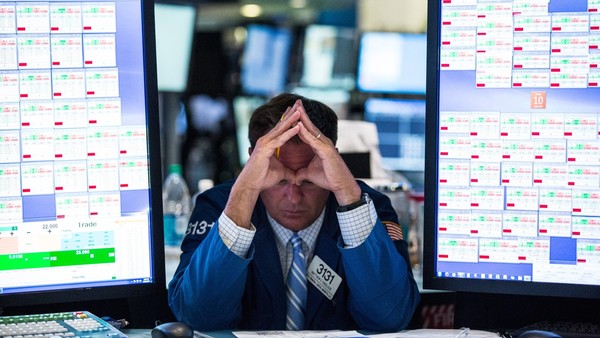Emerging markets turmoil: in charts
Robin Wigglesworth in New York
.

Turmoil across emerging markets has intensified during August and for many veteran fund managers, there is a very real concern that selling pressure will escalate and draw comparisons with past implosions, notably the emerging market crisis of 1998.
Here are some charts that show just how bad things have become in local equity and bond markets in the developing world.

This has obviously been building for some time, with concerns over individual developing countries such as Brazil and Russia, weaker commodity prices and US Federal Reserve interest rate increases on the horizon. But the trigger for the deepening rout is mounting concerns over China’s economy — a vital driver of emerging markets as a whole.
As the charts show, the Shanghai stock market has fallen precipitously this summer, and Beijing this month devalued its currency slightly, exacerbating fears over emerging markets.

Yet there are more profound, fundamental problems dogging emerging markets. As the four charts from Capital Economics show, economic growth, household consumption, industrial production and exports in the developing world have all slowed sharply in recent years.


Of course, emerging markets is a blunt concept, and not every country is in bad shape. Morgan Stanley analysts have made a list of the countries it sees as the most vulnerable, based on factors such as dependence on overseas funding, debts metrics, growth fundamentals and exposure to China.
Brazil, South Africa and Turkey look the worst, while Indonesia, Russia, Peru, Malaysia, Colombia and Mexico are also vulnerable. Morgan Stanley have also made a handy Venn diagram for further illumination.

Drilling down into two of these issues, here are two charts from Barclays and UBS respectively.
The first one from Barclays shows which countries are the most dependent on exports to China, while the second one from UBS underscores how there is still plenty of international investor money in emerging bond markets, despite a fierce shake-out in the 2013 “taper tantrum”.

That could mean that foreign inflows are stickier than expected, or that there is much more scope for pain if investors throw in the towel on emerging markets, as they have often done in the past.
0 comments:
Publicar un comentario